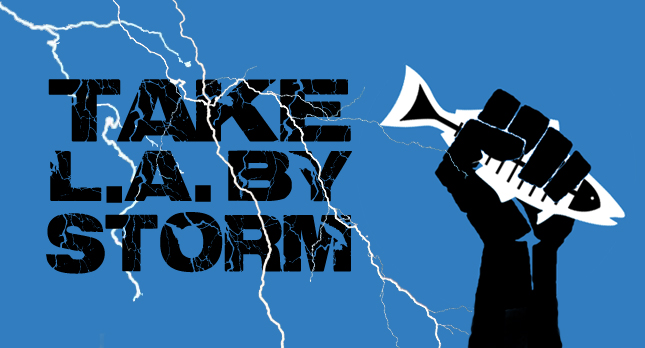Today’s blog post is by Aquarium Education Specialist Amanda Jones
Hello Muddah, Hello Fadduh!
Greetings from Camp, by the Water
Having so much fun, by the pier
Discovering creatures from deep and seashore near
Open Ocean and Rocky Shore
Are two habitats we’ll explore
Sea cucumbers are full of goo
They’ll teach us about sharks, fishes and big whales too
Plastic bottles and pollution
Not the smartest evolution
Kids empowered will save the day
Marine habitats are cleaner, thanks to Heal the Bay!
Camps are week-long or just one day
This gives you parents time to play
Arts and crafts and instruction, too
Teachers Nick and Amanda are waiting for you
Sign up right now, or you’ll miss out
If this happens, your kids will pout
It is simple, sign up online
We promise their experience will be sublime!
(with thanks to Amilcare Ponchielli and Allan Sherman)
For more information and to register, phone (310) 393-6149, ext. 103, or learn more about our range of summer science education programs.
Enroll your 1st-5th grader now in Summer Science Adventure Camp. Space is available on a first-come, first-served basis.




